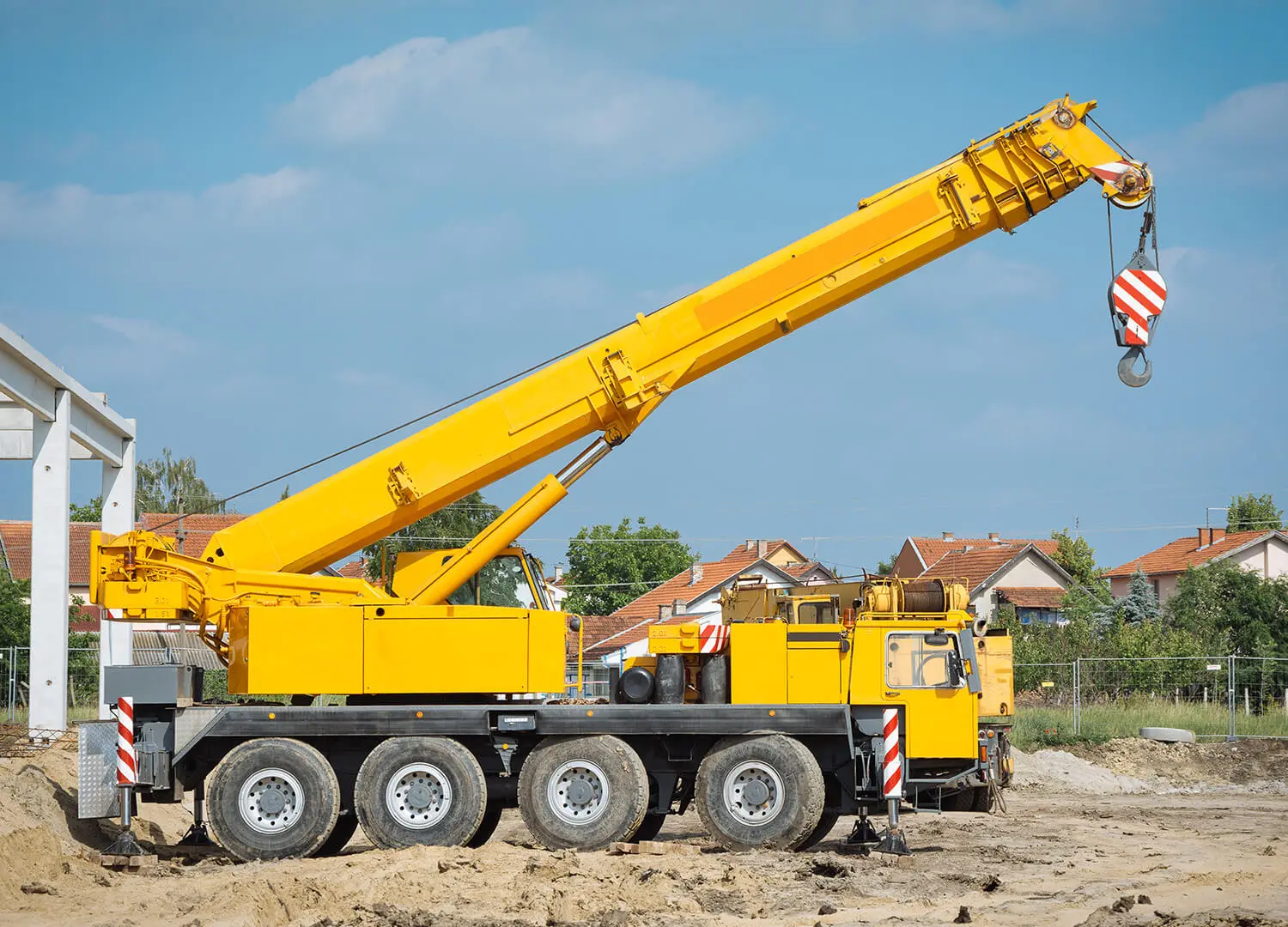Boom Lift Rental: Reach New Heights Safely
Boom Lift Rental: Reach New Heights Safely
Blog Article
Renting Vs. Purchasing Building And Construction Devices: Making the Right Selection for Your Job
When starting a building and construction job, one of the critical decisions that project stakeholders and managers deal with is whether to lease or acquire construction equipment. Both choices have their benefits and drawbacks, making the selection a pivotal one in the project planning procedure. The choice rests on different variables such as cost factors to consider, project duration, tools maintenance, flexibility, threat, and scalability administration. Each element plays a vital duty in identifying one of the most suitable path for the project's tools demands. rental company near me. Allow's discover these variables further to recognize how they impact the decision-making process and eventually the success of the project.
Price Factors To Consider
Leasing devices typically calls for lower first settlements contrasted to purchasing, making it an attractive option for short-term tasks or contractors with budget restraints. In the long run, constantly renting tools can accumulate higher prices than acquiring, specifically for prolonged jobs.
On the other hand, purchasing building tools entails higher ahead of time costs yet can result in long-lasting savings, especially for regular customers or long-lasting jobs. Owning tools offers versatility, benefit, and the capacity for resale value once the project is completed. Additionally, having devices permits personalization and familiarity with particular machinery, possibly increasing efficiency and performance on-site. Eventually, the decision in between leasing and getting construction equipment rests on the project's duration, frequency of usage, budget factors to consider, and long-term monetary goals.
Job Period

On the other hand, for long-lasting tasks or continuous construction job, buying tools might be the more economical alternative. Purchasing tools can bring about set you back financial savings in the future, particularly if the devices will be often used. Furthermore, possessing tools gives a feeling of control over its availability and allows for personalization to fit certain job demands.

Tools Upkeep
Offered the vital role project duration plays in figuring out one of the most cost-effective method in between buying and renting out building and construction devices, the emphasis currently moves towards examining the essential aspect of devices maintenance. Correct maintenance is critical for ensuring the ideal performance and longevity of construction devices. Renting devices usually features the advantage of having well-kept equipment supplied by the rental business. This can relieve the burden of maintenance tasks from the project owner or professional, saving time and initiative. On the other hand, possessing equipment calls for an aggressive method to maintenance to stop malfunctions, make certain security, and expand the equipment's life-span. Normal inspections, servicing, and timely repair work are required to keep owned devices in leading functioning condition. Consider upkeep costs when determining in between acquiring and renting, as ignoring upkeep can bring about pricey repairs, downtime, and job hold-ups. Eventually, a well-maintained building and construction equipment fleet, whether leased or possessed, is crucial for the effective and efficient completion of construction tasks. site web
Adaptability and Scalability
In the world of construction devices monitoring, the element of adaptability and scalability holds substantial relevance for project performance and source use. Deciding to rent building tools supplies a high degree of flexibility as it permits the quick modification of equipment types and amounts based upon the evolving demands of a task. Renting out allows specialists to access a variety of specific tools that may be needed for details tasks without the long-term commitment of ownership. This adaptability is specifically beneficial for jobs with varying demands or unpredictable periods (boom lift rental).
Renting out construction equipment uses the benefit of quickly scaling operations up or down as task demands vary. Service providers can swiftly exchange or add devices to match the job's altering demands without the restraints of owning possessions that might end up being underutilized or out-of-date.
Threat Administration
Efficient danger management in construction tools operations is critical to making sure project success and mitigating potential financial losses. Construction jobs inherently include various threats, such as devices failures, mishaps, and task hold-ups, which can substantially impact the job timeline and budget plan. By thoroughly considering the dangers associated with owning or leasing construction tools, project managers can make informed choices to decrease these potential threats.
Renting building tools can supply a address level of threat mitigation by transferring the responsibility of repair and maintenance to the rental business. This can reduce the financial concern on the project proprietor in situation of unforeseen equipment failings (scissor lift rental). Furthermore, renting out offers the versatility to access specialized equipment for specific project phases, decreasing the threat of owning underutilized equipment
On the various other hand, having building and construction devices provides a feeling of control over its usage and maintenance. Nonetheless, this also means bearing the complete obligation for repairs, upkeep expenses, and devaluation, enhancing the economic dangers related to equipment possession. Mindful risk assessment and factor to consider of elements such as project duration, tools utilization, and maintenance demands are essential in identifying one of the most ideal alternative for efficient threat administration in construction projects.
Verdict
To conclude, when deciding in between renting and buying building equipment, it is very important to consider cost, job period, devices upkeep, adaptability, scalability, and danger monitoring. Each element plays a crucial role in determining the most appropriate alternative for the project available. By meticulously assessing these facets, task managers can make an informed choice that straightens with their budget, timeline, and general job objectives.

Report this page